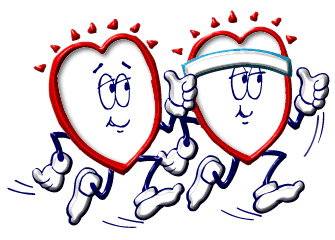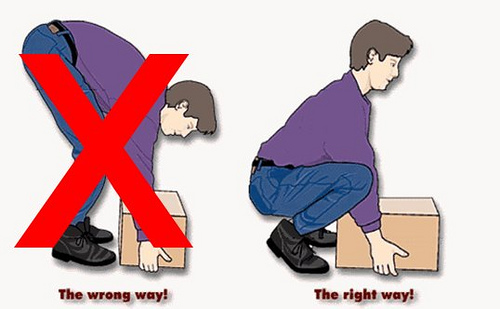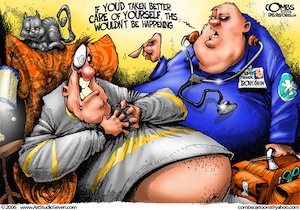 Health Benefits of Exercise and Physical Activity:
Health Benefits of Exercise and Physical Activity:
- Reduce the risk of premature death
- Reduce the risk of developing and/or dying from heart disease
- Reduce high blood pressure or the risk of developing high blood pressure
- Reduce high cholesterol or the risk of developing high cholesterol
- Reduce the risk of developing colon cancer and breast cancer
- Reduce the risk of developing diabetes
- Reduce or maintain body weight or body fat
- Build and maintain healthy muscles, bones, and joints
- Reduce depression and anxiety
- Improve psychological well-being
- Enhanced work, recreation, and sport performance
Our bodies are designed to move. We need to build exercise into our busy schedules to stay healthy.
Move More – Eat Less – Don’t Smoke






